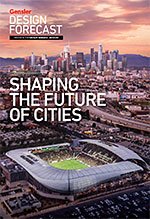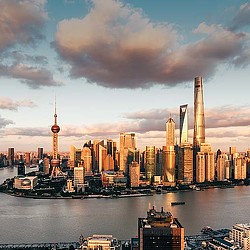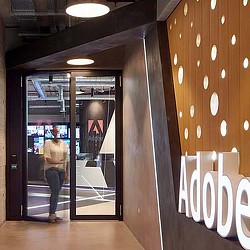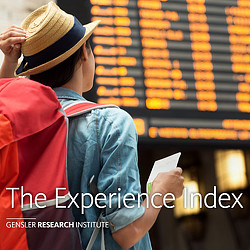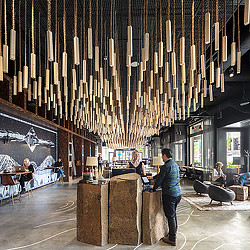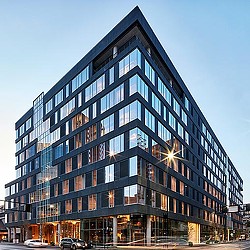Mixed-use environments unlock the possibilities of a diverse, urban lifestyle and breathe new life into cities.
The key lies in activating the voids between buildings where social interactions reside, and integrating these intangibles to create developments that elevate the human experience.
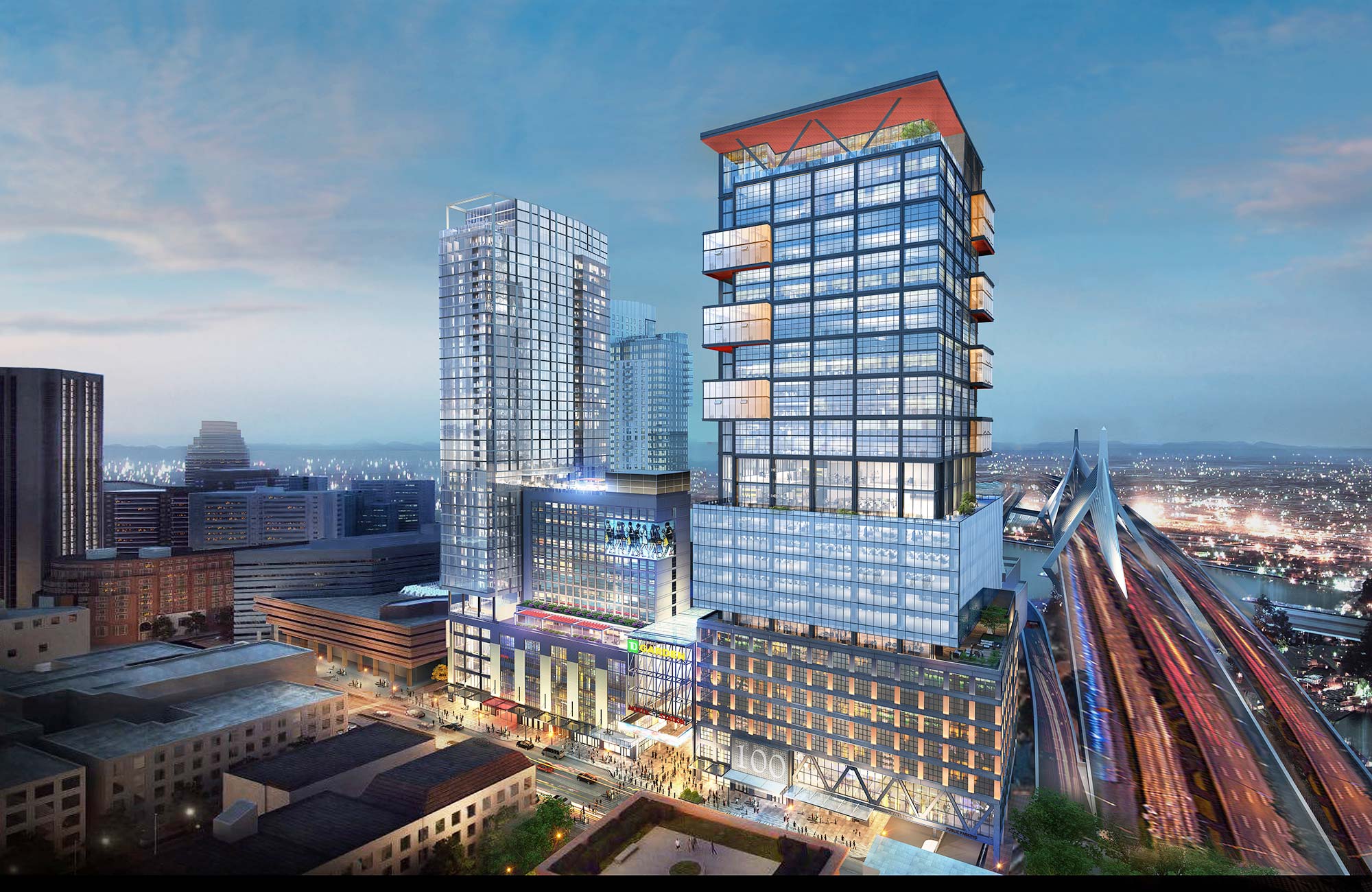
On the site of the original Boston Garden, this vibrant new mixed-use development adjacent to TD Garden will provide a new city gateway, anchor the neighborhood, and be a notable addition to the Boston skyline.
The Suburban Shift: Less Auto-Dependent, More Convenient
Suburban shifts toward city centers are producing a less auto-dependent culture while creating mixed-use opportunities with greater density. These residential shifts drive mixed-use developments toward districts in cities that have been largely forgotten or ignored. Millennials and baby boomers are relocating to urban cores, seeking more compact, walkable, and less auto-dependent lifestyles. Even in the suburbs, people are looking for an urban experience. Successful developments will include human-scale, mixed-use, transit-oriented places that foster a meaningful sense of community.
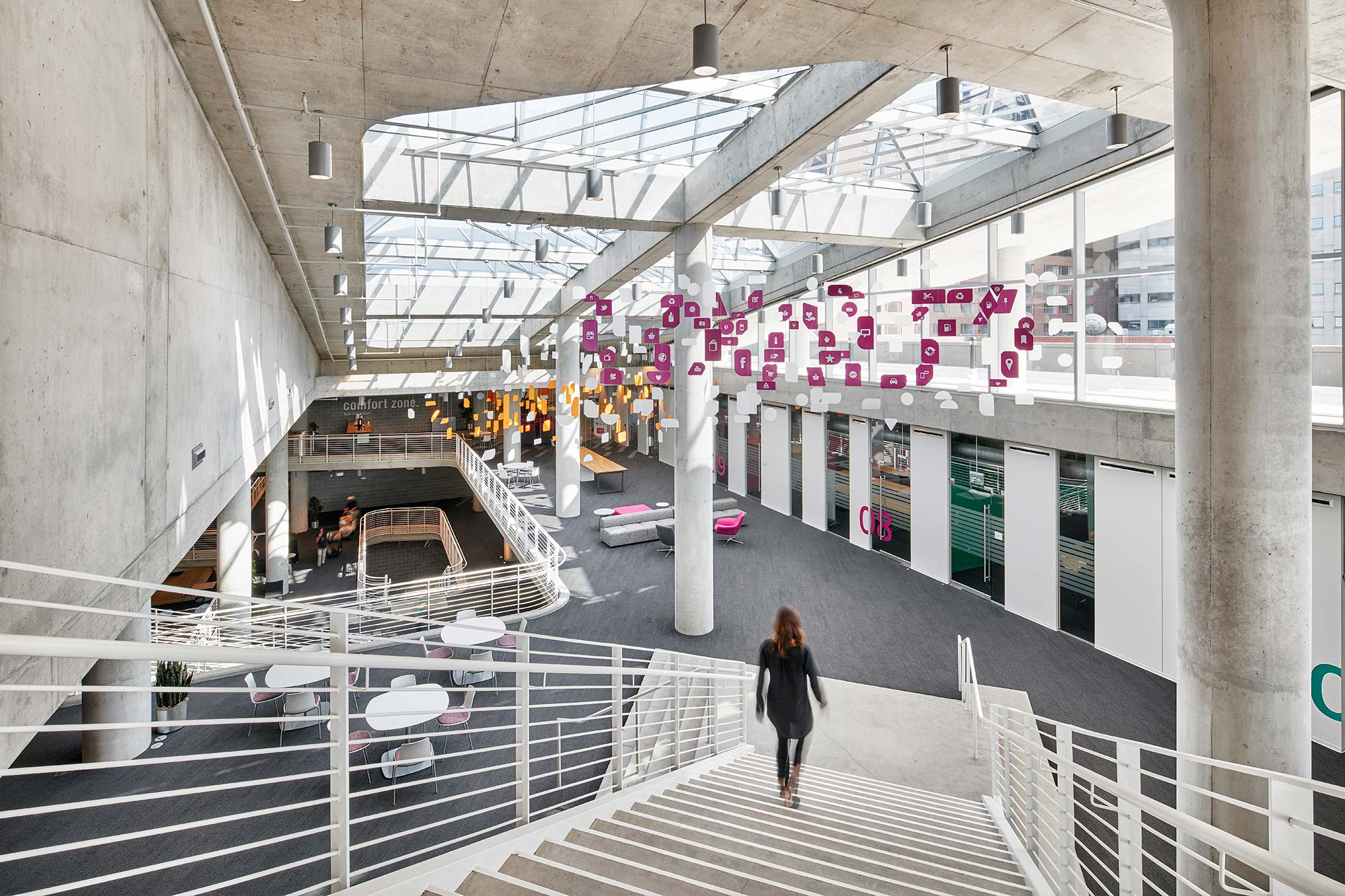
This mixed-use development in the heart of downtown Cincinnati encompasses the headquarters for consumer analytics company 84.51°, street-level retail and underground parking, as well as planning for a potential future residential tower.
The Future of Building Space Is Adaptable and Sustainable
Mixed-use buildings come with an inherent need to be future-proofed. Making buildings convertible and sustainable is key to their longevity.
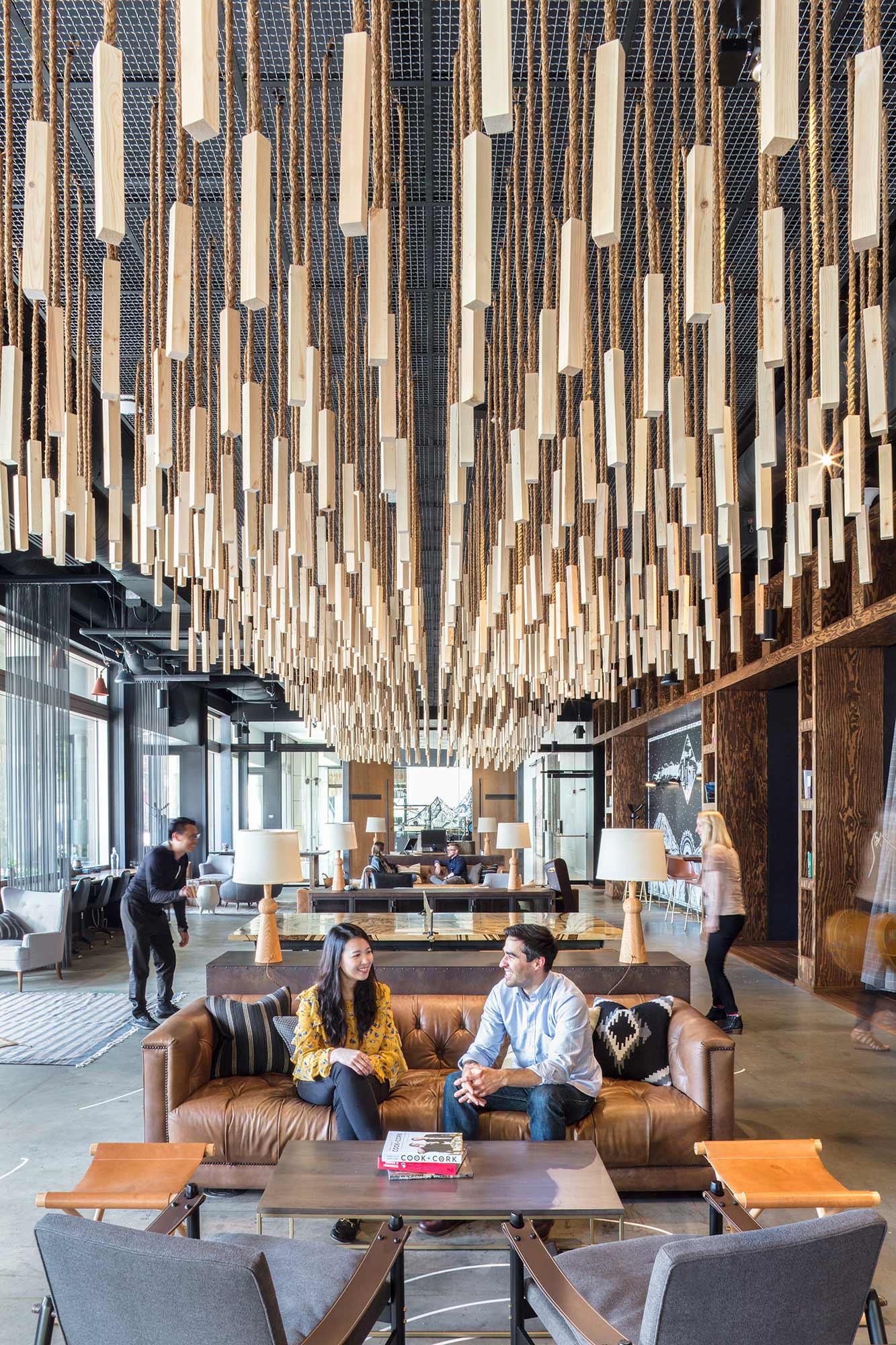
Designed to spur a sense of community and camaraderie within the context of a private club, The Collective reimagines traditional club elements and focuses on experiences that bring people together: art, music, dining, co-working, health and wellness, and connecting with nature.
The Integrated Workplace Is the New Standard
The future of the workplace incorporates a great diversity of uses in one place. The single-purpose workplace is a thing of the past.
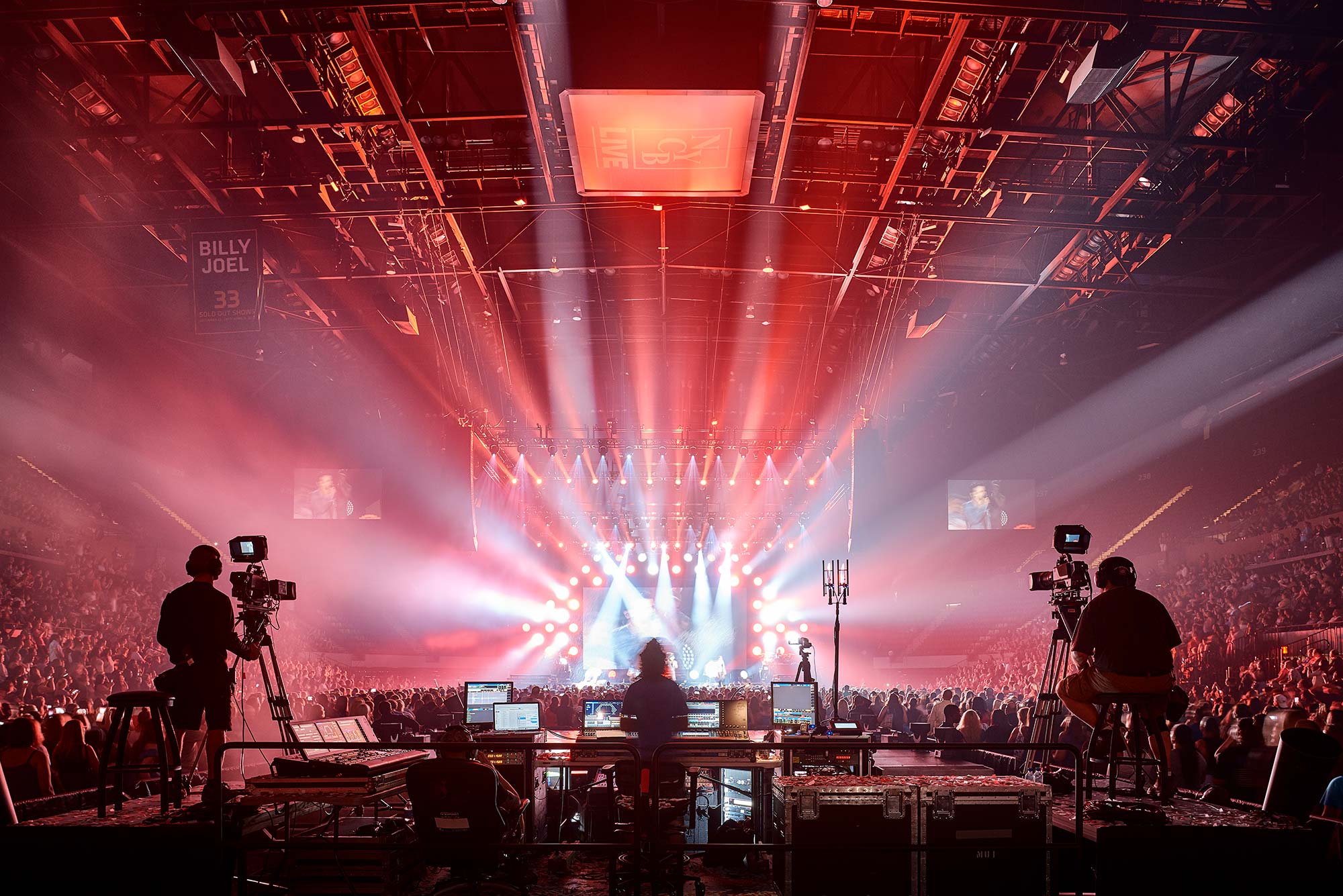
After extensive renovations, the iconic Nassau Veterans Memorial Coliseum has been transformed into a new entertainment-focused experience.
The Power of Live Events
Despite a surge in on-demand, at-home viewing, live events remain viable. In some ways, digital technology has made live content even more profitable. According to Deloitte, live events are forecast to grow collectively by $5 billion, to $146 billion in 2018. As consumers increasingly value experience over ownership, live participatory events can prolong and deepen engagement.
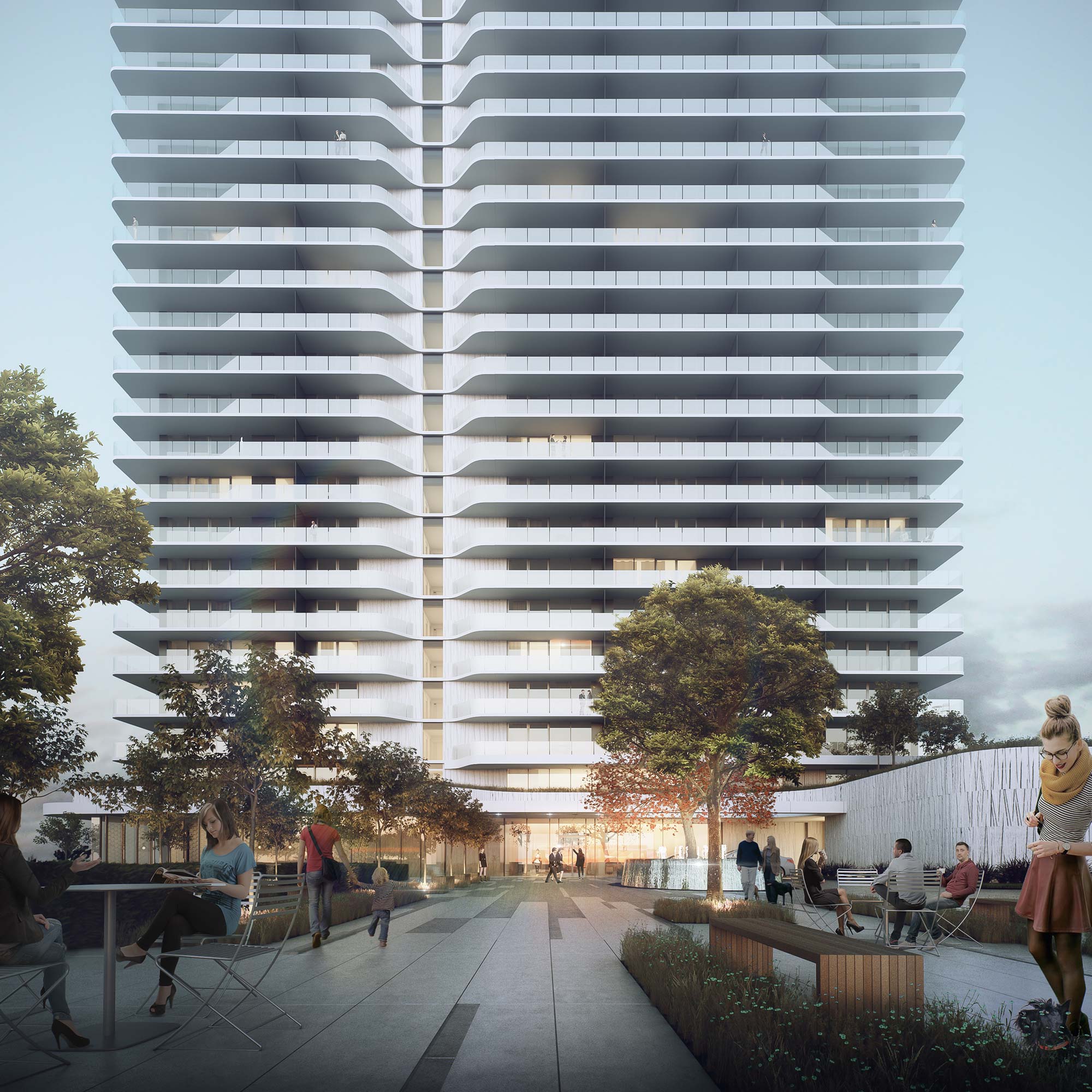
This new 34-story high-rise residential building will add desirable housing for a growing Los Angeles.
New Models for Living
Urbanization is creating new models for living at all scales and life stages, from college students to retirees. The need for dense, high-rise housing will increase in urban areas, while the demand for small, efficient micro apartment unit types is also rising.
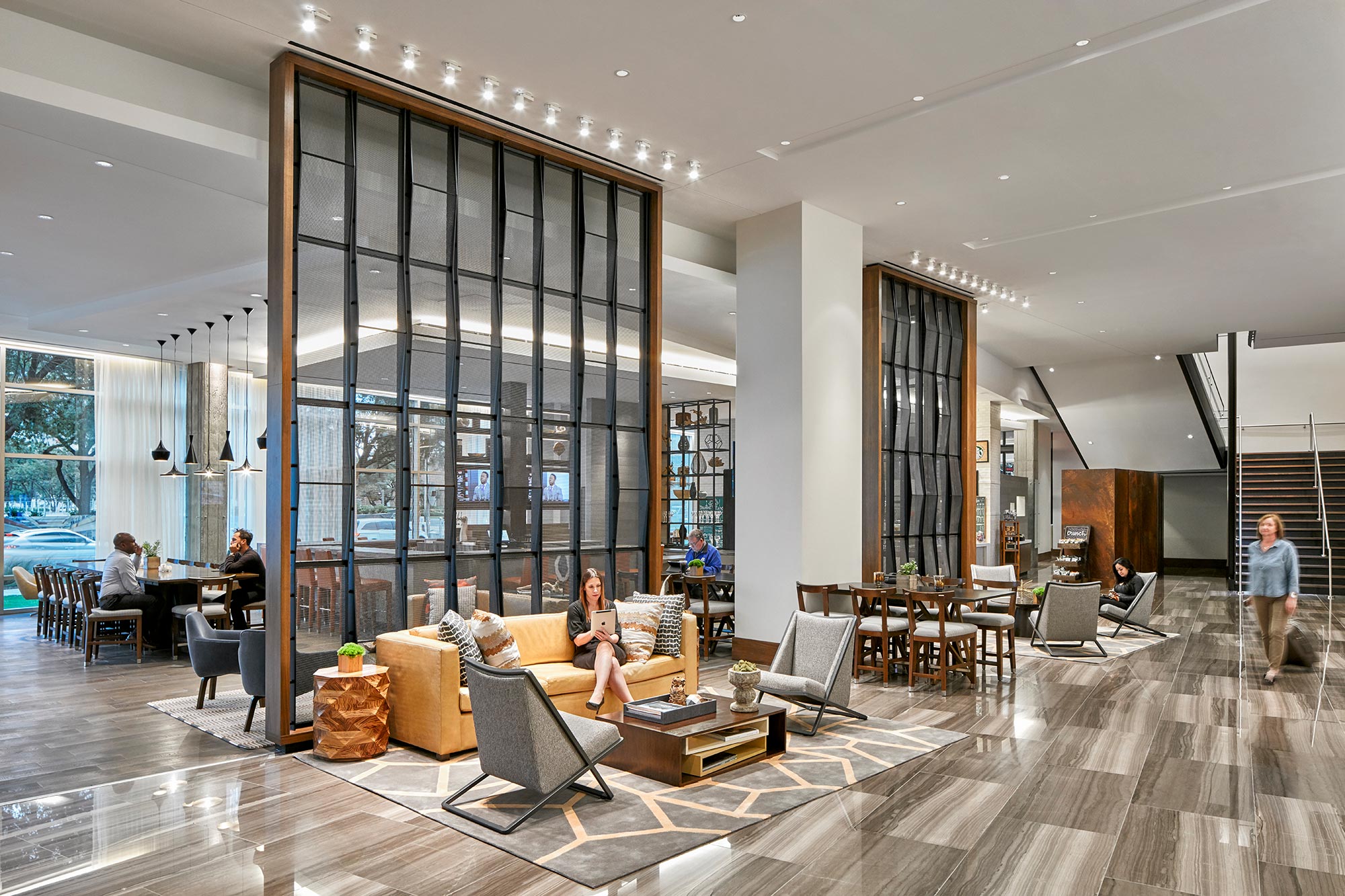
The 325-key hotel features 350-square-foot luxury guestrooms, 20 suites, 15,000 square feet of flexible meeting space with state-of-the-art workplace technology and movable furniture, and a large fitness center overlooking the pool deck.
Community Around the Corner
With guests seeking real-time, communal experiences, hotels are providing smaller, no-frills guestrooms, allowing for expansive, dynamic lobbies and public spaces that appeal to social travelers. Some hoteliers are joining the micro-hotel movement, especially in urban centers. The demand for small, efficient micro units is on the rise — with rooms as small as 65 square feet — creating more space for communal, multifunctional areas to conduct business and socialize.
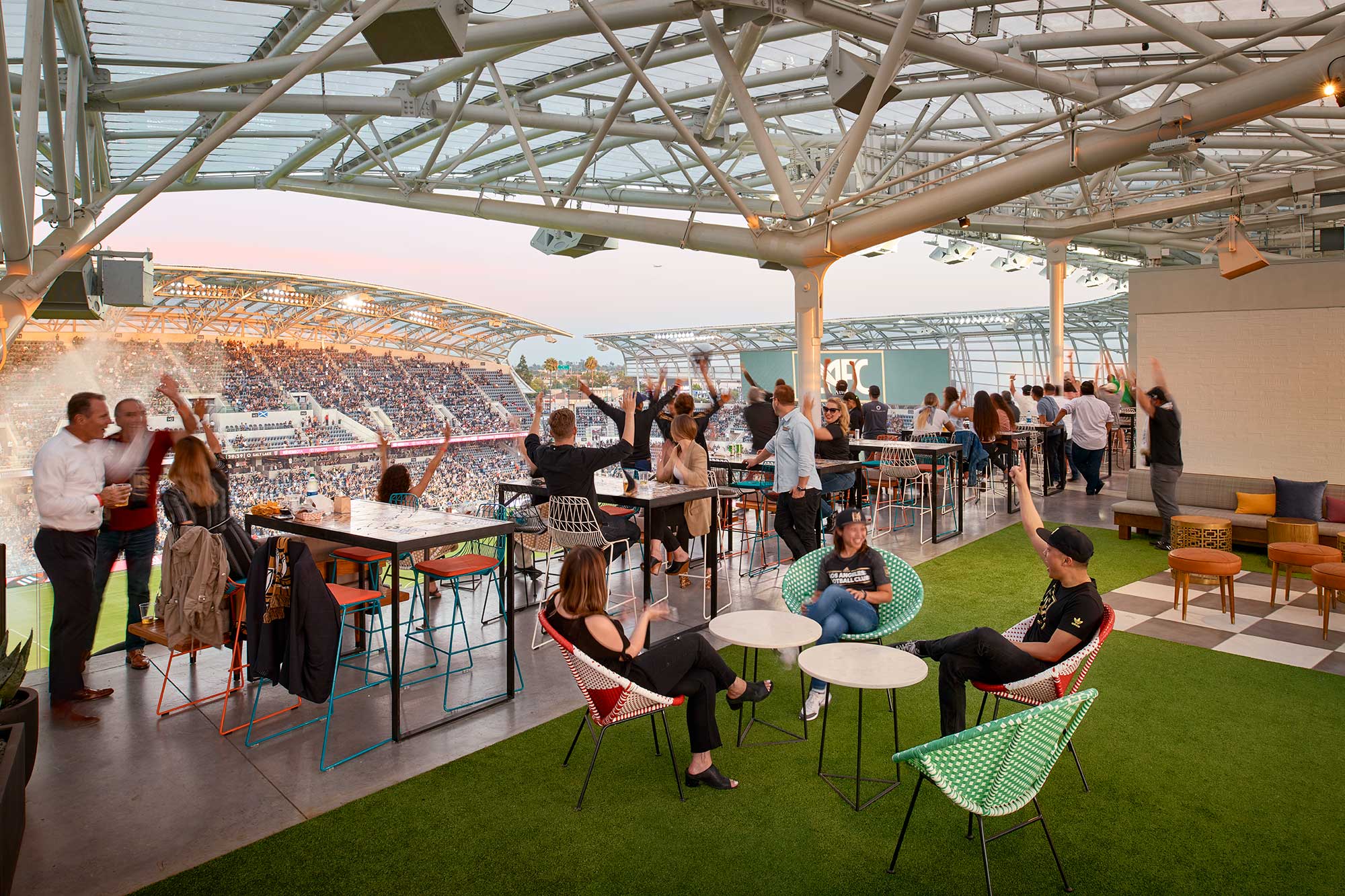
With extensive amenities and views of downtown Los Angeles, BMO Stadium sets a new benchmark for the premium Major League Soccer experience, creating a year-round destination that is active on game days and non-game days alike.
Venues as Urban Catalysts
Flexible, multipurpose venues can house year-round activity, creating additional revenue opportunities and spurring hospitality and retail development. Sports facilities and convention centers offer brand connection to the city, acting as a catalyst and anchor to revitalize urban neighborhoods. As developmental opportunities shift away from remote, rural facilities to urban centers, less parking will be needed around venues.
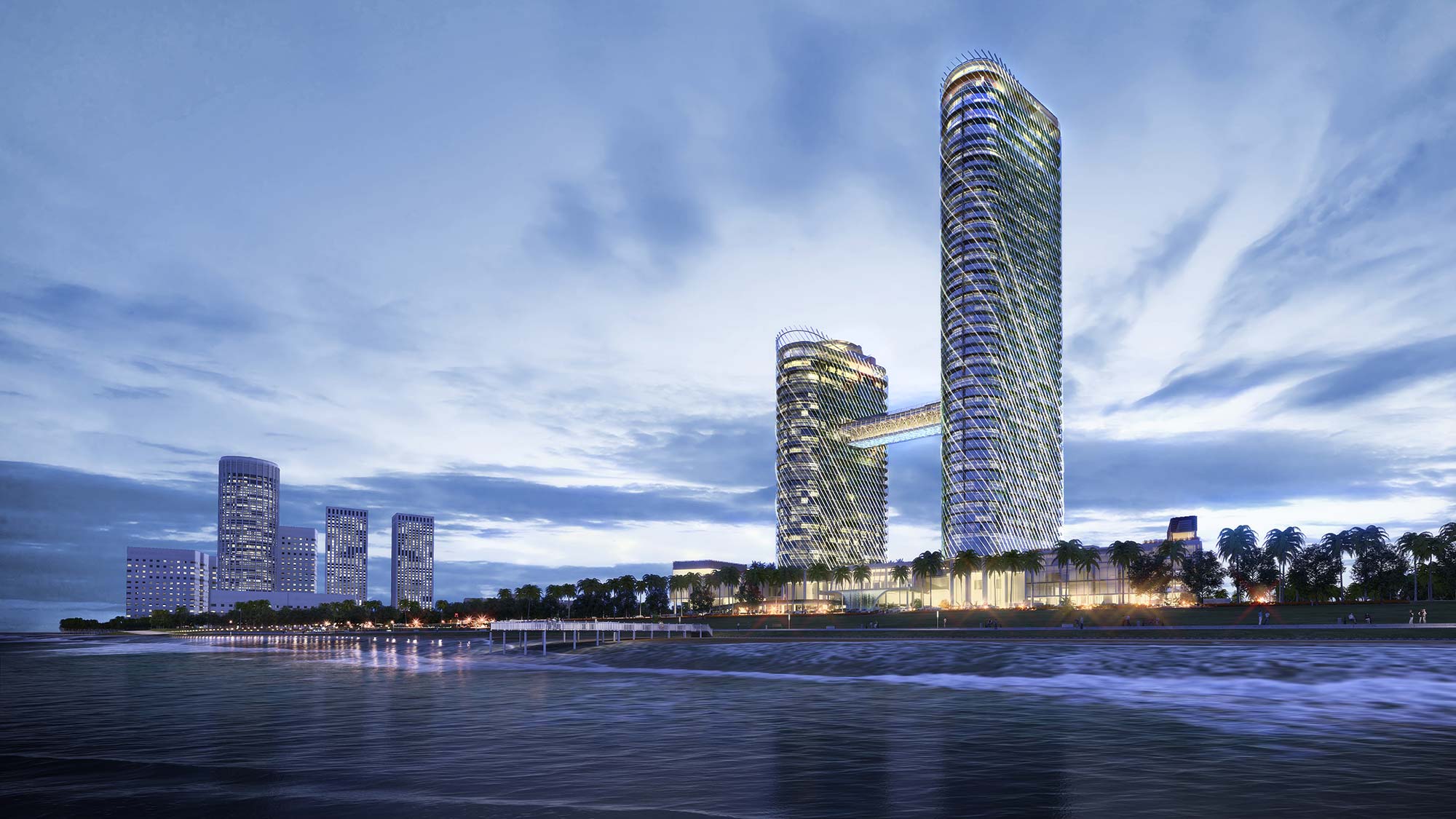
Located on the coast of Sri Lanka, ITC One Hotel & Sapphire Residences is a luxury hotel and residences project at the heart of the capital city, which will open its doors in 2021.
Urban Friendly and Vertical
In response to urban densification, convention center design and development is going vertical. These “urban friendly” facilities minimize the building’s footprint, reduce travel distance for patrons, and maximize access to outdoor public spaces.
Design Forecast is a collection of more than 200 trends impacting design across the globe. Download Design Forecast to view it in its entirety, or browse articles related to its themes online.
